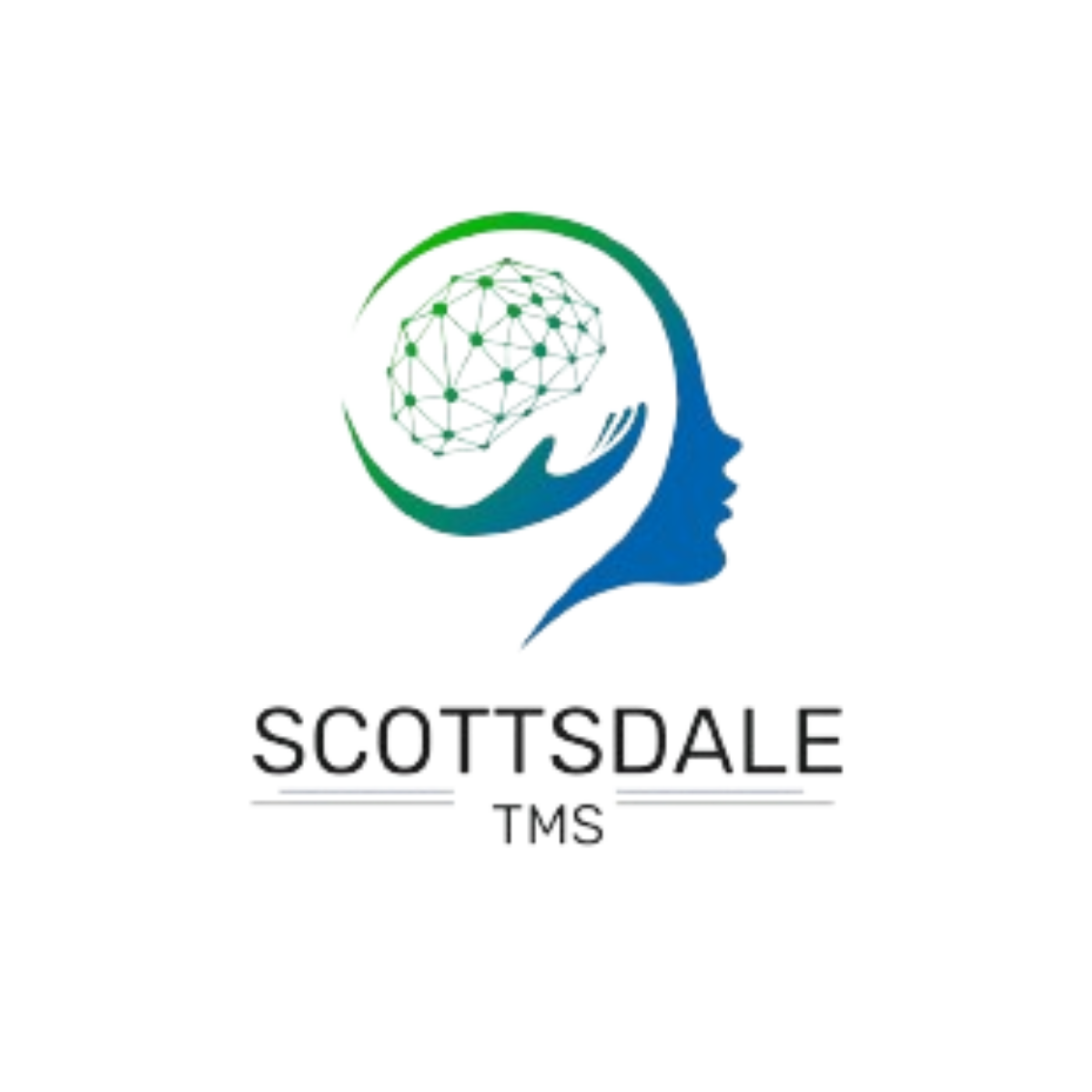Brain Stimulation Therapy (BST) is revolutionizing the way we treat various neurological and psychiatric conditions. This advanced therapy involves using electrical currents, magnetic fields, or other forms of energy to stimulate specific areas of the brain.
For many patients, especially those who haven’t responded to traditional treatments, BST offers new hope. In this article, we’ll dive into the different types of Brain Stimulation Therapy, their uses, the procedures involved, and their potential benefits and risks.
Questions Answered in This Article:
Our Treatment Centers

Scottsdale Rehab
Luxury Personalized Rehab

Hart Rehab
Holistic Luxury Personalized Rehab

Scottsdale Detox
Luxury Medical Detox
What is Brain Stimulation Therapy?
Brain Stimulation Therapy is a medical treatment designed to influence brain activity through direct stimulation. This can be achieved using electrical currents, magnetic fields, or other energy forms.
The goal is to modulate brain function, often to alleviate symptoms of neurological or psychiatric disorders. BST is particularly valuable for patients who do not respond well to medications or psychotherapy.
Types of Brain Stimulation Therapy
There are several types of Brain Stimulation Therapy, each with unique methods, applications, and benefits. Here, we’ll explore the most common ones.
1. Electroconvulsive Therapy (ECT)
Electroconvulsive Therapy (ECT) is one of the oldest forms of Brain Stimulation Therapy. It involves sending small electrical currents through the brain, intentionally triggering a brief seizure. The seizure can cause changes in brain chemistry that can rapidly reverse symptoms of certain mental health conditions.
ECT is commonly used to treat major depression, especially when other treatments have failed. It’s also effective in treating bipolar disorder and, in some cases, schizophrenia. ECT is considered safe, but it is typically reserved for severe cases due to its invasive nature.
Procedure
During an ECT session, the patient is placed under general anesthesia. Electrodes are attached to the scalp, and a controlled electrical current is passed through the brain, inducing a seizure. The procedure is painless due to anesthesia, and the entire process takes about 5 to 10 minutes.
2. Transcranial Magnetic Stimulation (TMS)
Transcranial Magnetic Stimulation (TMS) is a non-invasive therapy that uses magnetic fields to stimulate nerve cells in the brain. TMS is known as an effective brain therapy for depression, particularly treatment-resistant depression.
Research is also exploring its potential for treating anxiety, PTSD, and certain neurological disorders.
Procedure
During a TMS session, a magnetic coil is placed near the patient’s scalp. This coil generates magnetic pulses that target specific areas of the brain involved in mood regulation. The patient remains awake and alert during the procedure, which typically lasts 30 to 60 minutes.
3. Deep Brain Stimulation (DBS)
Deep Brain Stimulation (DBS) is a more invasive form of Brain Stimulation Therapy. It involves surgically implanting electrodes into specific areas of the brain. These electrodes are connected to a device similar to a pacemaker, implanted in the chest, which sends electrical impulses to the brain.
DBS is used to treat neurological conditions and movement disorders like Parkinson’s disease, essential tremor, and dystonia. It is also being explored as a treatment for psychiatric conditions such as obsessive-compulsive disorder (OCD) and depression.
Procedure
The DBS procedure requires brain surgery. Surgeons place the electrodes in the targeted brain regions and connect them to a pulse generator implanted in the chest. The device is programmable, allowing doctors to adjust the stimulation according to the patient’s needs.
4. Vagus Nerve Stimulation (VNS)
Vagus Nerve Stimulation (VNS) involves stimulating the vagus nerve, which runs from the brainstem to the abdomen, using a device implanted under the skin in the chest. The vagus nerve plays a crucial role in brain-body communication.
VNS is primarily used to treat epilepsy, particularly in patients who do not respond to medication. This therapy is also FDA-approved for treating treatment-resistant depression.
Procedure
The VNS device is surgically implanted under the skin in the chest. A wire connects the device to the vagus nerve. The device sends regular electrical pulses to the nerve, which then transmits these signals to the brain.
5. Responsive Neurostimulation (RNS)
Responsive Neurostimulation (RNS) is a specialized therapy for epilepsy. It involves implanting a device in the skull that monitors brain activity and delivers electrical stimulation when it detects abnormal patterns that could lead to a seizure.
RNS is used specifically for patients with epilepsy who have not responded to other treatments. It is tailored to the individual’s seizure patterns, making it a personalized treatment option.
Procedure
The RNS system is implanted surgically. The device is placed in the skull, and electrodes are positioned in the brain areas where seizures originate. The device continuously monitors brain activity and delivers stimulation to prevent seizures.
6. Transcranial Direct Current Stimulation (tDCS)
Transcranial Direct Current Stimulation (tDCS) uses a low, constant electrical current delivered through electrodes placed on the scalp. This non-invasive method can modulate brain activity and is being studied for various conditions.
tDCS is being explored for a range of conditions, including major depressive disorders, anxiety, chronic pain, and cognitive enhancement. While still largely experimental, it shows promise in research settings.
Procedure
During a tDCS session, electrodes are placed on the scalp, and a weak electrical current is passed through the brain. The patient remains awake and alert, and the session typically lasts 20 to 30 minutes.
Benefits of Brain Stimulation Therapy
Brain stimulation therapy has proven effective in treating a variety of conditions. The effectiveness of each type of therapy varies depending on the condition and the individual patient. Below are some key benefits of brain stimulation therapy:
- Effective for treatment-resistant conditions
- Non-invasive methods are available
- Rapid symptom relief
- Improvement in overall quality of life
- Reduce the need for medication
- Potential for long-term improvement
- Promote brain rewiring or neuroplasticity
Efficacy of Brain Therapies
The efficacy of Brain Stimulation Therapy varies by treatment type and condition. For example, ECT has a long history of effectiveness in treating severe depression, with rapid symptom relief in many cases.
TMS has also shown positive results, particularly for patients with treatment-resistant depression. DBS is highly effective for conditions like Parkinson’s disease, where it can significantly improve motor function.
However, therapies like tDCS are still in the experimental stages, with ongoing research needed to confirm their efficacy.
What are the Possible Side Effects of Brain Therapy?
Like any medical treatment, brain therapy carries risks and potential side effects. These vary depending on the type of therapy and the individual patient. Common risks include:
- Cognitive side effects such as memory loss and confusion
- Physical discomfort like headaches, scalp discomfort, and in some cases, throat pain
Each type of brain stimulation therapy also have their own side effects:
- ECT: Memory loss and confusion are the most common side effects.
- TMS: Headaches and scalp discomfort are typical, though generally mild.
- DBS: Risks include infection, bleeding, and hardware complications.
- VNS: Side effects may include hoarseness, throat pain, and coughing.
- RNS: Surgical risks and the need for device adjustments are considerations.
- tDCS: Side effects are minimal but can include tingling or irritation at the electrode sites.
Finding Help and Treatment
Brain Stimulation Therapy offers a new frontier in the treatment of neurological and psychiatric conditions. From ECT and TMS to DBS and VNS, these therapies provide hope for patients who have not responded to traditional treatments.
While there are risks and side effects, the benefits for many patients are life-changing. As research and technology continue to advance, the future of brain stimulation therapy looks bright, with the potential to transform the way we approach mental health and neurological care.
If you or a loved one might benefit from brain stimulation therapy, consult with a healthcare provider to explore your options.

